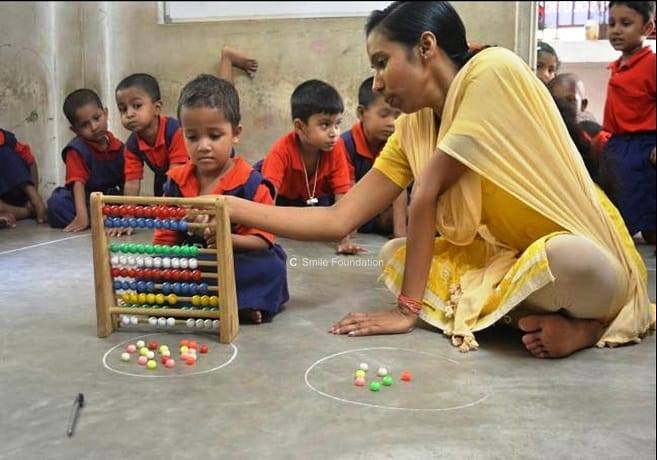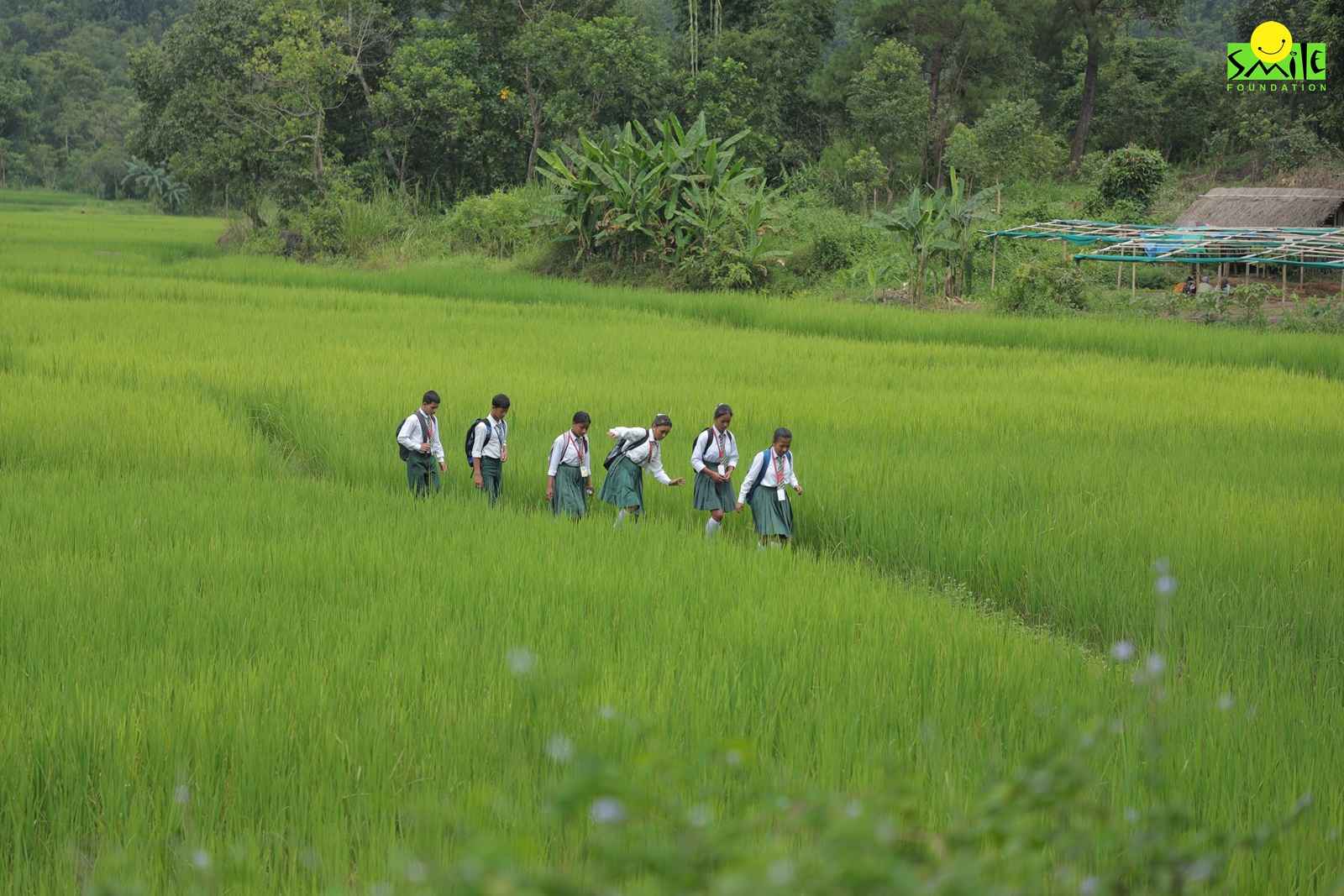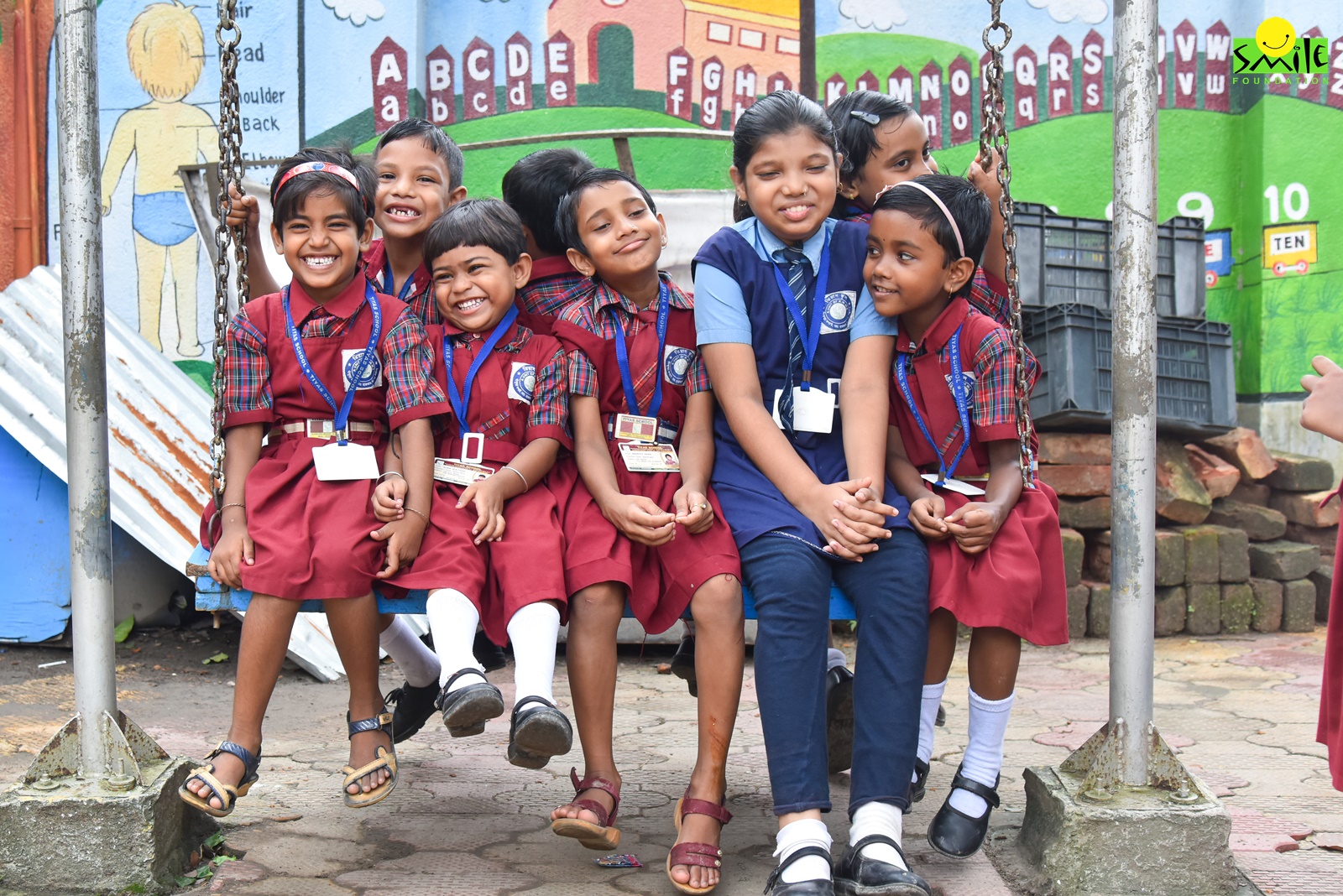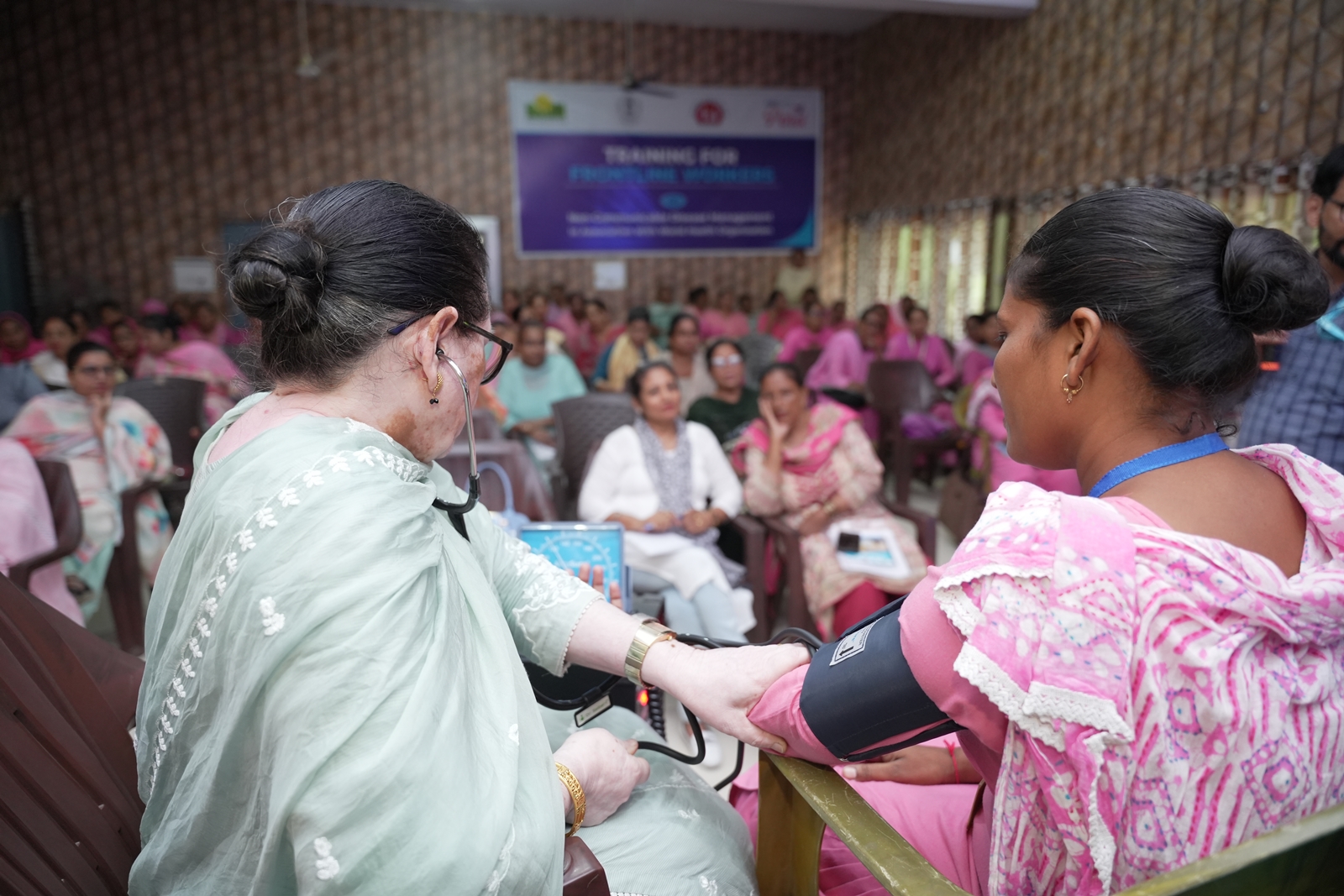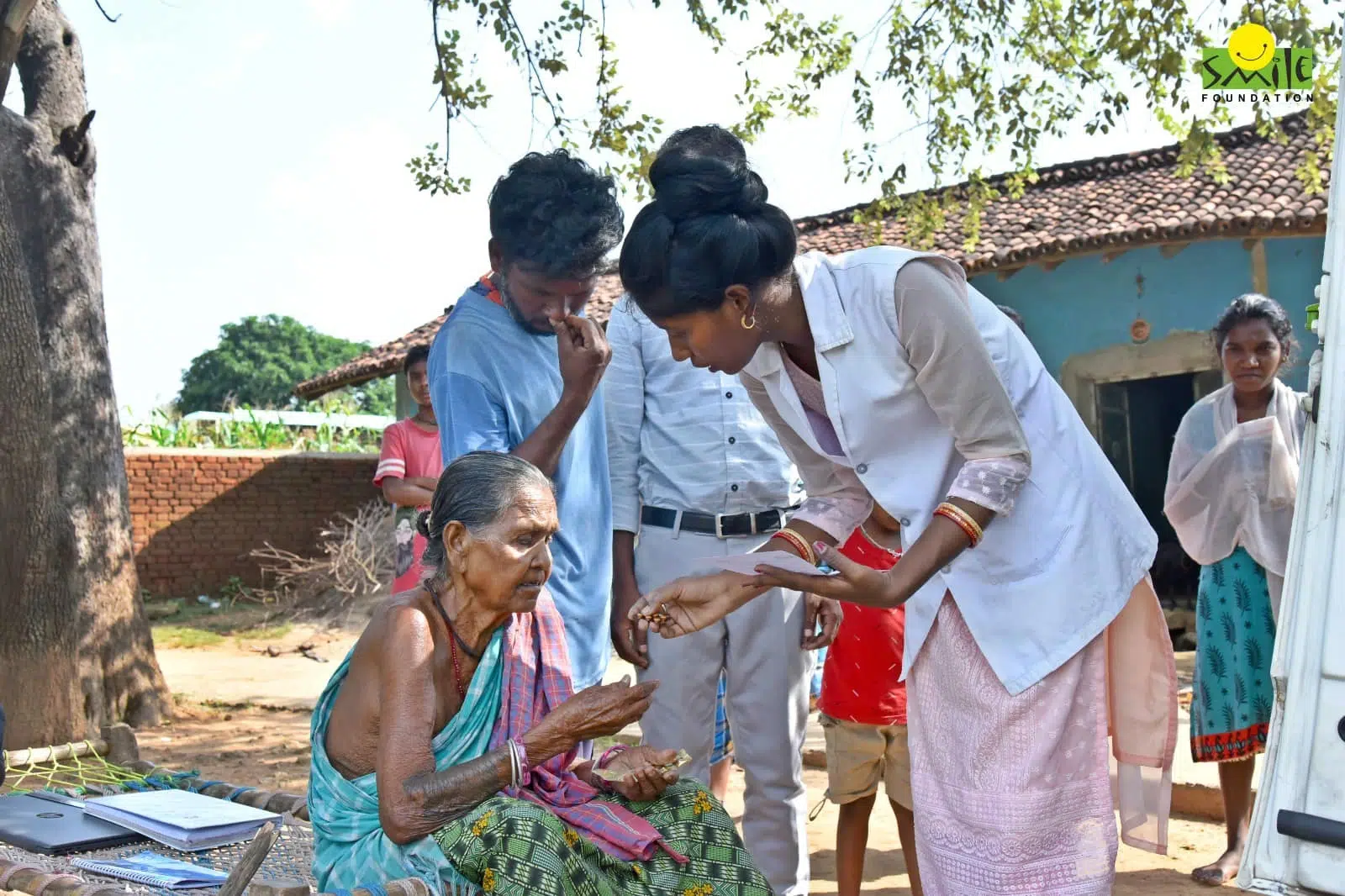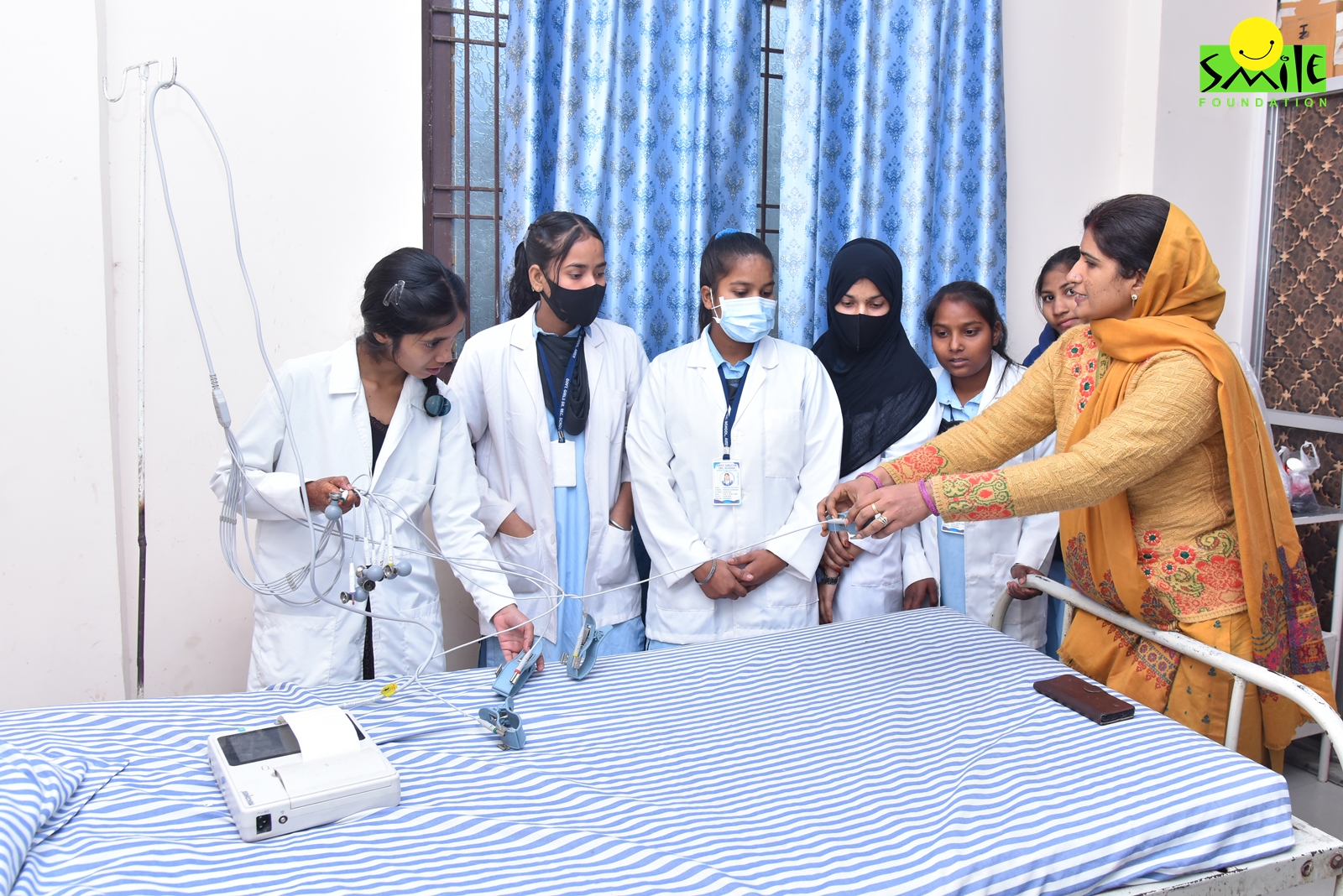The pandemic put a sudden halt to everything. The world had to reorient. The existing systems had to change in the present context of the COVID-19 crisis. For a developing nation like India, a halt in the development process; be it economic or in the education sector was non-negotiable. The draft of the new Science and Innovation Policy was released in 2020 for public consultation. Sustainable development, social inclusion, economic development, environmental sustainability, and science-based learning in childhood education were stressed upon through this policy.
STEM in School Education
Rote learning creates stagnation in the learning process. It does not have a place for creativity and growth. A move towards science, innovation, and technology will usher the much-needed changes in the education system. Experimentation, exploration, inquiry, debates, questioning, application, and reflection, leads to theory building. New ideas are created which is important for the developing brain of a child.
Science, Technology, and Innovation Policy
Within the new STI Policy, online learning platforms will be developed using Information and Communication Technology (ICT). This will be done to address the issue of accessibility and also to promote research and innovation at all levels. Teaching-learning centers (TLCs) will be established to up-skill faculty members which in turn will improve the quality of childhood education. This will bring significant changes in the education for underprivileged children. They are deprived of resources that are not available in local schools and miss out on advanced learning. Many times they lose interest because of a lack of innovative learning in classrooms. Introduction of STEM Learning can be a way of generating interest and bring children back to school. Robust STEM education will help create critical thinkers, problem-solvers, and next-generation innovators. It also helps build confidence in children.
How will the STI Policy benefit STEM Education
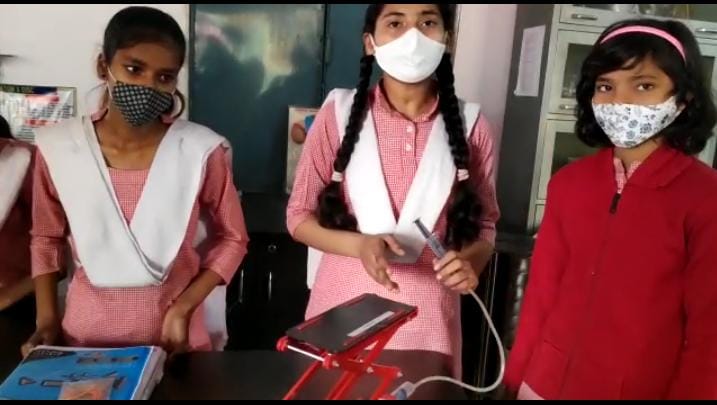
THE STI Policy aims to bring about serious changes through short-term, medium-term, and also long-term mission mode projects. Promoting research and innovation are its main aims. School, university, and vocational education are the main focus areas of this thematic group. The policy also recommends steps to accelerate research and innovation in higher educational institutions. To not only improve the education system but also teaching-and-learning through research. It also aims to make education at all levels more inclusive and connected with the economies and societies of the world.
By promoting the establishment of tinkering labs for children this policy gives a boost to STEM Education in schools. When blackboard teachings turn into teaching through virtual screens, it will give children access to a plethora of information.
Science Technology and Innovation for the Betterment of the Society
Science, technology, and innovation (STI) are universally recognized as key drivers for poverty eradication. STI also promotes access to learning and is considered essential for achieving the Sustainable Development Goals (SDGs) and Millenium Development Goals. While it will help in increasing productivity, industrialization, economic growth, it will also lead to the creation of proper jobs. Moreover, STI will promote health, health-seeking behavior, and access to essential drugs. There will be better food security in addition to the promotion of renewable energy to mitigate climate change.
Smile Foundation Interventions
Smile Foundation, believes that quality education can support children coming from difficult socio-economic backgrounds. An opportunity for holistic growth must be presented to every child. As a part of childhood education STEM education is an integral part of the curriculum at Smile Foundation’s Mission Education centers. Students are encouraged to experiment and question.
To help underprivileged children continue their education visit https://www.smilefoundationindia.org/me/



